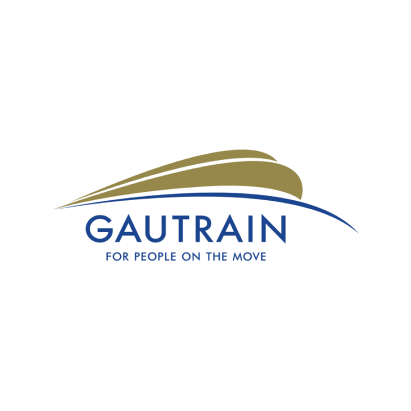With trains running at 97% punctuality and 100% availability from Day 1, Gautrain has set enviable standards for the South African transportation industry. During the Football World Cup, Gautrain exceeded all expectations by ferrying well over 100 000 passengers and on 22nd September 2010, the rapid-rail system celebrated carrying its one-millionth train passenger
Behind the scenes of this impressive achievement, is a Station and Tunnel Management System (STMS) based on AVEVA Technology from IS³ (formerly Wonderware Southern Africa) and implemented by engineering specialist solutions provider, Kentz Integrated Solutions, a division of Kentz (Pty) Ltd.
The STMS is responsible for the monitoring and control of various subsystems like the ventilation and fire-detection systems, where it can cope with various scenarios with regard to fires breaking out at various locations. The STMS is also responsible for energy monitoring and control, escalator/lift monitoring and control, as well as the management of the Heating Ventilation and Air Conditioning (HVAC), Fire Protection and Dewatering systems.
Each of the different subsystems has to be monitored 24/7/365 and alarms and conditions need to be filtered so that only certain information is passed on to the OCC (Operational Control Centre).
Each of the stations needs to be operated at a very high availability level and this in itself created an opportunity to design redundancy on the overall control room level down to station level, should there be any communication failures.


